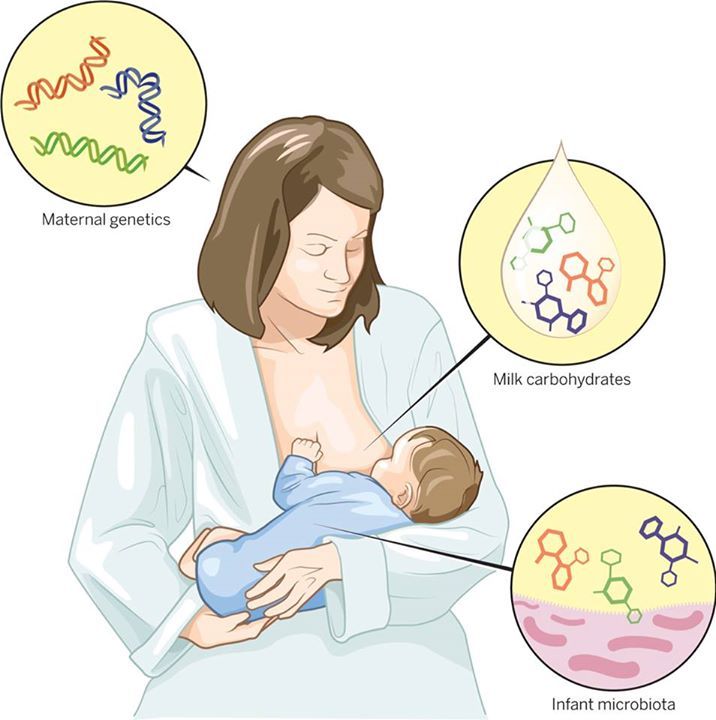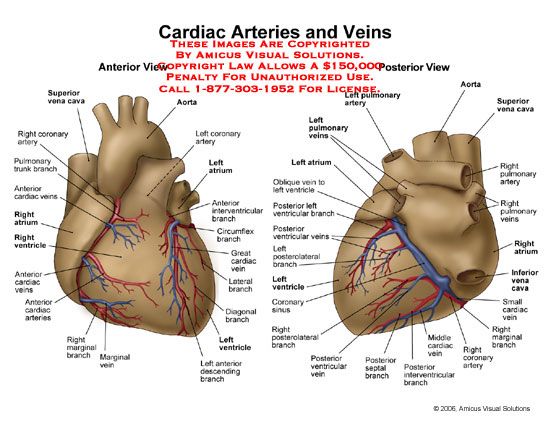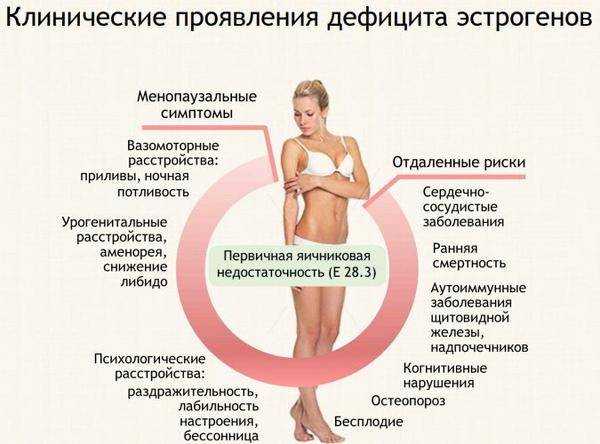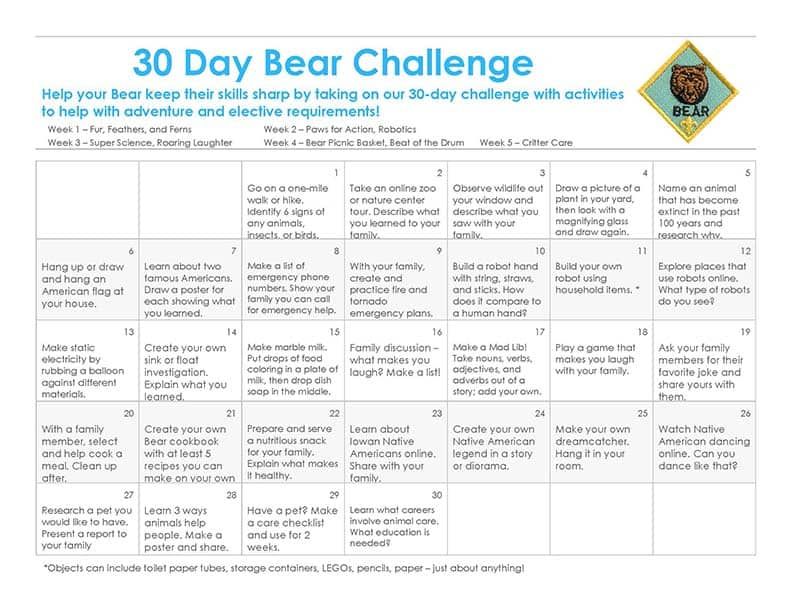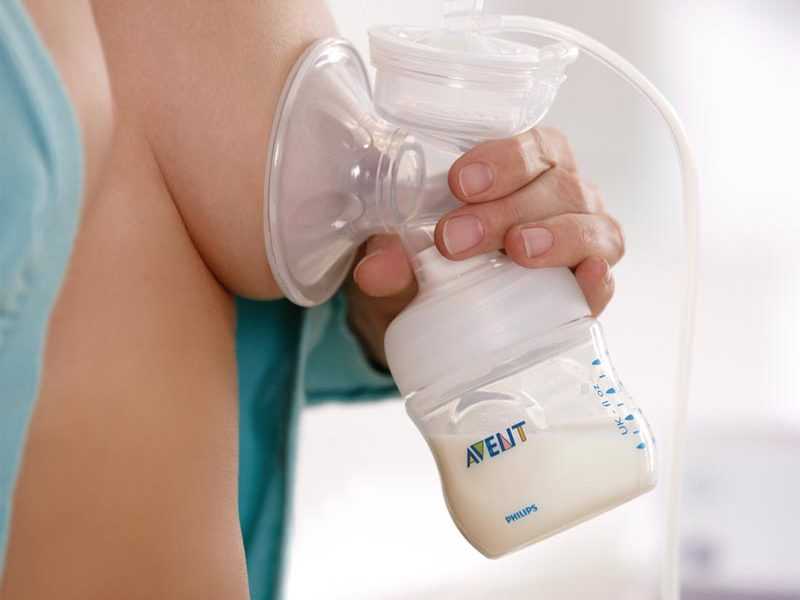How long can you store colostrum
Pumped Colostrum and How to Store It
Now reading: Liquid Gold: Pumped Colostrum and How to Store It
PrevNextThe birth of a baby is an exciting time, but it can also be overwhelming for new mothers. You’re faced with incredible physical and emotional demands, and the new chapter is only beginning. You’re now ready to take your first step along your breastfeeding journey.
It’s common for new mothers to struggle with nursing. In fact, 92% of new mothers struggle with breastfeeding in the first three days post-partum. Breastfeeding isn’t always successful on the first try. Babies often have difficulty latching on, and sometimes a mother’s milk supply isn’t abundant. Luckily, pumping is an effective way to express milk for the baby and helps produce and maintain milk supply for mom.
The earliest supply of milk – colostrum – has some of the most important nutrients mothers can supply their newborns. Colostrum is essential to babies in the first few days after birth. To set yourself up for success, it’s helpful to know what to do with pumped colostrum and how to store it.
Until full milk production begins two to three days after birth, new moms produce small amounts of colostrum. Also called “liquid gold,” this thick, yellowish milk is rich in nutrients and carbohydrates. In addition to providing essential nutrition to the baby, colostrum helps with digestion and bowel movements in newborns. This is important in ridding the baby’s body of toxins that can cause jaundice.
Colostrum is also high in white blood cells and antibodies that develop the baby’s immune system. It builds a protective coating in their digestive system that helps prevent the growth of disease-causing germs. It’s a baby super-food and is an invaluable asset to their health and well-being.
What to Do with Pumped ColostrumA baby only consumes small amounts of colostrum in its first days. Regardless, studies show that expressing these low quantities within the first hour of birth can prevent delays in milk production. If a newborn doesn’t nurse within six hours after birth, it’s a good idea for mom to begin pumping. Make sure your hands are clean and that any collection tools are sterilized for the baby’s safety. Once you’re ready to pump colostrum, you’ll want to follow these next steps.
If a newborn doesn’t nurse within six hours after birth, it’s a good idea for mom to begin pumping. Make sure your hands are clean and that any collection tools are sterilized for the baby’s safety. Once you’re ready to pump colostrum, you’ll want to follow these next steps.
Many new moms prefer to use a syringe or Hegen’s revolutionary press-to-close, twist-to-open airtight storage bottles to collect colostrum. As you pump the breast, you’ll notice beads of liquid forming. Gather this in one of the containers and, once complete, put the syringe in a sealable baggie or close the bottle tightly. Then, write the date on the container so you can keep track of your stored supply.
2. Feed It to Your BabyOnce you’ve collected colostrum, it’s ready for consumption. You can administer it via a syringe or small bottle (remember, quantities will be relatively low). You can also feed drops of it to your baby on a clean finger. Every bit is packed with nutrients to help your baby’s development.
Every bit is packed with nutrients to help your baby’s development.
If your colostrum production is going well and you’re building up a steady supply, you can store it for future use. In fact, some women begin collecting their colostrum before the baby actually arrives. In a typical healthy pregnancy, there’s no need to express colostrum before giving birth. However, in some instances, it’s beneficial to collect colostrum toward the end of the pregnancy. Harvesting colostrum this early may be recommended if:
- You’re having twins – birth weight tends to be low for multiples.
- You have health concerns – gestational diabetes can affect the baby’s glucose levels at birth.
- Your baby has a cleft lip or palate – this can make breastfeeding difficult.
Whatever the case, pumped colostrum can be collected and saved for when the time is right.
4. Bring It to the Hospital
Bring It to the Hospital If you do decide to pump and store your colostrum before giving birth, be sure to include this in your hospital bag list to take along with you when you head to the hospital for delivery. Carry it in an insulated bag with ice packs and ask the nurse to store it in the maternity ward’s refrigerator until you’re ready to use it. This colostrum will be safe for use for up to 48 hours.
4 Tips for Storing ColostrumBreastfeeding mothers can ensure the safety and quality of expressed breast milk by following proper storing techniques. Consider these four tips for storing colostrum safely.
Properly Seal the ContainerTo maintain freshness and quality, be sure your storage container is completely sealed. Never use disposable bags or liners to store pumped colostrum. These aren’t designed to protect against bacteria and germ growth.
Consider Shelf LifeColostrum can be stored at room temperature for up to four hours. It can remain in a refrigerator for up to four days. You can store pumped colostrum in the freezer for up to six months (for best quality) or 12 months, at most. If you’re uncertain about how long your colostrum has been stored, it’s best to dispose of it. Better safe than sorry!
It can remain in a refrigerator for up to four days. You can store pumped colostrum in the freezer for up to six months (for best quality) or 12 months, at most. If you’re uncertain about how long your colostrum has been stored, it’s best to dispose of it. Better safe than sorry!
When storing expressed colostrum in the refrigerator or freezer, set the container at the back of the shelf where temperatures are coolest. Avoid storing it in the door compartment, as opening and closing the fridge will expose stored colostrum to frequent temperature changes that can negatively impact its quality and freshness.
Store It On-the-GoWith careful planning, it’s possible to travel safely with stored colostrum. Pack the container in an insulated bag and surround the colostrum with ice packs. It can remain safe for consumption this way for up to 24 hours. When your journey is over, use it right away or store it in the fridge or freezer.
Additional Colostrum Questions
We've received quite a few questions from moms who have reached out to us.
We will continually add to this post as we receive new questions and want to thank those who have helped to provide us with great questions that will eventually help so many other new moms!
Is Frozen Colostrum good for a sick baby?Yes, frozen colostrum does help a sick baby. Research studies have proven that sick or preterm infants who take colostrum from mothers have “significantly better health outcomes”. Colostrum is made up of immune factors, protein, sugar, and facts. Therefore, every drop counts!
How Long Does Colostrum Last in the Freezer?
Colostrum can last 2 to 6 months with a separate door freezer (5 degrees Fahrenheit or -15 degrees Celsius) with proper storage.
What Should I Do with Frozen Colostrum That's Been Stored For More than 6 Months?
If the colostrum has been stored with a deep chest freezer (-4 Fahrenheit or -20 Celsius) is fine!
How Do I Pump Colostrum After Birth?
Colostrum is thick, sticky, concentrated milk. The best way to collect the colostrum is by hand expressing. Remember the best pump is still the baby. If your baby suckles well, you can just concentrate on latching for the first few days. Unless a baby is separating from his/her mother due to medical reasons, you, as a mother, need to start pumping 8 to 12 times a day.
The best way to collect the colostrum is by hand expressing. Remember the best pump is still the baby. If your baby suckles well, you can just concentrate on latching for the first few days. Unless a baby is separating from his/her mother due to medical reasons, you, as a mother, need to start pumping 8 to 12 times a day.
What is the Best Way to Reheat Colostrum (if any) or Best Methods For Thawing Colostrum For the Baby?
Place the frozen container in the refrigerator the night before you intend to use it. Then warm the milk by placing it in a bowl of warm water or by simply using an electric warmer.
Are There Any Negatives to Giving Colostrum to a Toddler?
Colostrum will not negatively affect toddlers because of the amazing antibodies in the breast milk!
Is Colostrum Considered Better Than Breast Milk?
It is important to note that breast milk changes from colostrum, transitional milk to to mature milk to meet your baby’s nutritional needs at the different stages.
Tips For Hand Expressing Colostrum
Starting by massaging the breast with clean hands to help milk flow. Then by placing your thumb and the rest of your fingers on either side of the areola, about an inch away, gently push your fingers back & towards your chest wall, then compress the milk ducts of the breast, and roll the tissue forward & towards the nipple. Be sure not to squeeze the nipple or slide fingers along your skin.
When is the Best Time to Start Expressing Colostrum?
From 36 weeks of gestational age onwards, mothers are encouraged to harvest colostrum with a proper technique. You can start 2 or 3 times a day and each time for about 3 to 5 minutes, but you'll need to stop if you experience cramps or early contractions to avoid premature delivery.
How Long Do You Produce Colostrum For After Birth?
Colostrum is usually produced for the first few days (usually 3 days ) after the baby’s birth. However, some mothers might not see colostrum until day 5 after giving birth due to various factors.
Can you collect some Colostrum and then pump some more later and add to the original bag?
If the colostrum was stored inside the freezer or fridge and you need to add more to it later, you need to ensure the colostrum is the same temperature. We would suggest to first store the second round of colostrum in a different container and keep it inside the fridge for at least 1 hour. This allows the milk to cool to the same temperature as the initial container which makes it safe to combine.
You can also opt to align their temperatures by keeping it out. Please make sure it remains under 77°F (under room temperature). At this temperature, it can last for approximately 4 hours. This allows for ample time to combine the two containers together but do kindly ensure proper hygiene to minimize contamination.
Hegen Helps New Moms Pump and Store Their Colostrum
Today’s women are juggling their passions, careers, and responsibilities with the full-time job of motherhood. While it’s a wonderful adventure, being a mom brings numerous challenges. Breastfeeding shouldn’t be one of them. At Hegen, we want to make breastfeeding easier, rewarding, and empowering. From state-of-the-art breastmilk storage supplies to educational resources, we cover all the bases for you as you transition to your new role.
You are free to browse our storage containers as well as our 2 oz bottles (which double as colostrum collectors) which can help you on your breastfeeding journey!
Antenatal expression of colostrum - reasons for, when and how
Antenatal expression of colostrum - reasons for, when and how | Pregnancy Birth and Baby beginning of content5-minute read
Listen
During pregnancy, the breasts produce their first milk, known as colostrum. Colostrum is high in antibodies and protective substances that help to support a newborn baby's immunity. Although not much colostrum is produced, it is very high in energy, protein and fat. Colostrum is also easy for newborns to digest.
Colostrum is high in antibodies and protective substances that help to support a newborn baby's immunity. Although not much colostrum is produced, it is very high in energy, protein and fat. Colostrum is also easy for newborns to digest.
There can be benefits to expressing and storing colostrum during pregnancy in case it is needed after birth. If there is a risk of premature birth or of your baby having feeding problems, the person providing your maternity care may recommend you express and store some colostrum.
What is colostrum?
Colostrum is a type of early breast milk, produced by the breasts from around 20 weeks of pregnancy until the first few days after birth. Colostrum is a thick, sticky, yellowish liquid. It can leak from the breasts onto the nipples and cause yellow crusts to form. Sometimes colostrum leaks and absorbent nursing pads need to be worn.
When does colostrum appear?
Many pregnant women notice they are producing colostrum earlier than 20 weeks, especially if they’ve been pregnant before.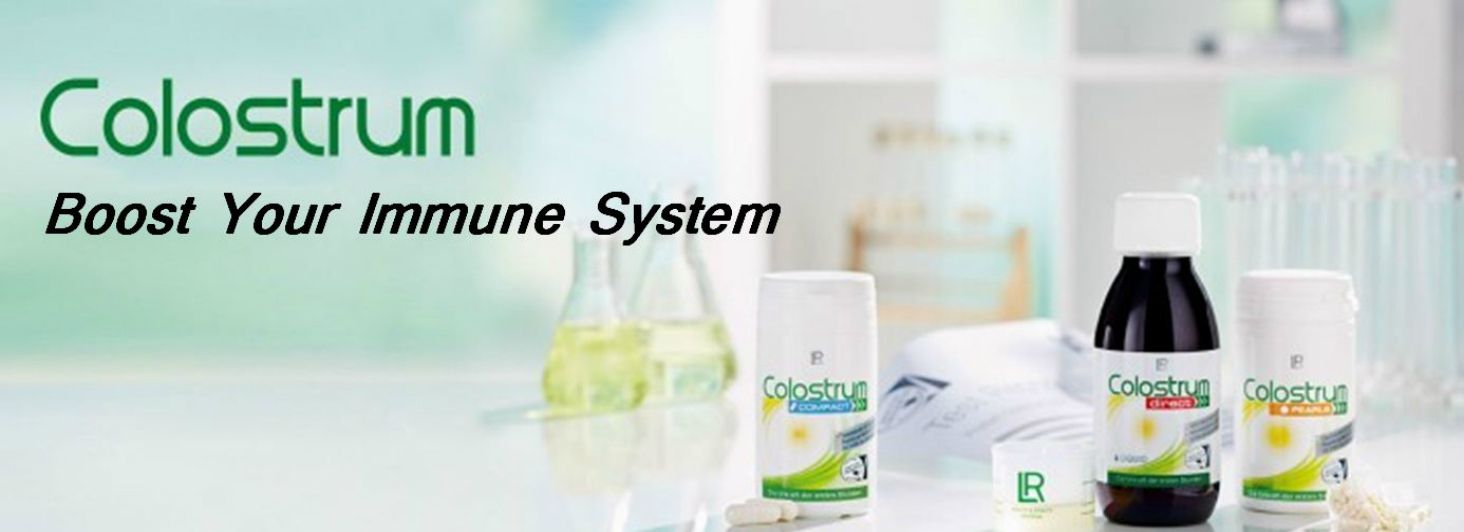 It’s not always obvious that colostrum is being produced until the woman checks.
It’s not always obvious that colostrum is being produced until the woman checks.
What are the benefits of expressing colostrum in pregnancy?
There are several benefits from expressing during pregnancy, including:
- helping to support successful breastfeeding after birth — women who express are generally motivated to do all they can to increase their likelihood of exclusively breastfeeding their baby
- building a supply of colostrum is useful in case the baby needs extra feeds and avoids offering formula
- managing potential feeding problems relating to prematurity or a congenital condition
- managing feeds for babies of diabetic mothers where there is a risk of having problems maintaining a normal blood sugar level
- having a store of colostrum if the baby is likely to need special care and is likely to be separated from their mother
Why might there be a low supply of breast milk?
Sometimes there are reasons why a mother’s breasts do not produce as much milk as their baby needs. Storing a small supply of colostrum means the baby can have access to extra kilojoules. These reasons include:
Storing a small supply of colostrum means the baby can have access to extra kilojoules. These reasons include:
- breast surgery or problems with breast growth during pregnancy
- some medical conditions, such as multiple sclerosis or polycystic ovarian syndrome
- a history of having low milk supply
Are there any reasons not to express colostrum during pregnancy?
Not all women are keen or able to breastfeed. Some choose to express colostrum and offer this as well as formula after their baby is born. Although there are benefits in expressing colostrum during pregnancy, there are times when it’s not recommended. There is a risk of premature labour by stimulating the breasts.
Don’t express your breasts if you:
- are at risk of, or have had, threatened premature labour
- have had a cervical suture inserted, or been diagnosed with cervical incompetence
- have experienced bleeding during your pregnancy>
- have been diagnosed with placenta praevia
- have been advised by your maternity care provider not to
- cannot store colostrum safely and hygienically
When and how to express your colostrum
Pick a time when you’re relaxed and feeling calm.
- Wash your hands with soap and water and dry well.
- Using your thumb on top of your breast and your forefingers underneath, gently press your fingers towards your chest.
- Compress the breast tissue, hold briefly and then release. Try not to squeeze or pinch the nipple.
- Collect the colostrum in either a sterile syringe or a clean container.
- Express each breast twice during each expression. You can collect colostrum twice a day in each syringe or container. Between expressions, store the colostrum in the fridge. Label with the date, cap the syringe and put in a plastic bag and into the freezer.
Aim to express 2 to 3 times each day from around 36 weeks of pregnancy. Start gently and slowly, eventually building up to 3 to 5 minutes of expressing on each breast twice each day.
How to store colostrum
| Room temperature (26° C or lower) | Fridge (4° C or lower) | Freezer |
|
|
|
Top 5 tips for expressing colostrum
- Start expressing at around 36 weeks into your pregnancy.
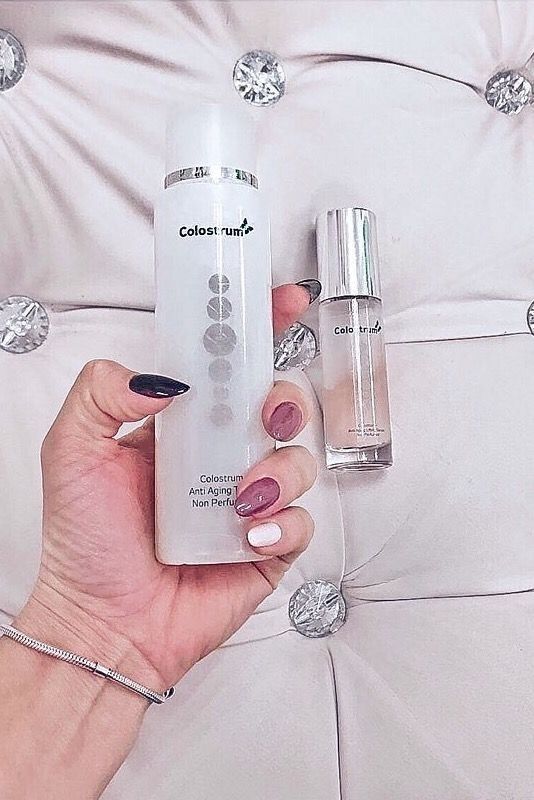 Stop if at any time you start to feel contractions or vaginal bleeding.
Stop if at any time you start to feel contractions or vaginal bleeding. - Remember that any amount of colostrum will be beneficial to your baby. The amount of colostrum women can express varies widely while they are pregnant.
- Be patient as you learn how to express and store the colostrum safely.
- Take the clearly labelled and frozen colostrum with you (in an esky or cooler bag) when you have your baby.
- Only use your hand, not a pump to express your colostrum.
The person who is providing your maternity care — such as your doctor or midwife — will be able to give you more advice about what’s right for you. Some pregnancy-related conditions increase the risk of premature labour and it’s important not to express colostrum if you’re at risk of having your baby early.
Sources:
Mater Mother's Hospital (Antenatal expression of colostrum), National Health and Medical Research Council (Infant Feeding Guidelines Information for Health Workers), Women and Newborn Health Service (Breastfeeding – antenatal expression of colostrum for women with Diabetes), Queensland Government (Expressing breastmilk)Learn more here about the development and quality assurance of healthdirect content.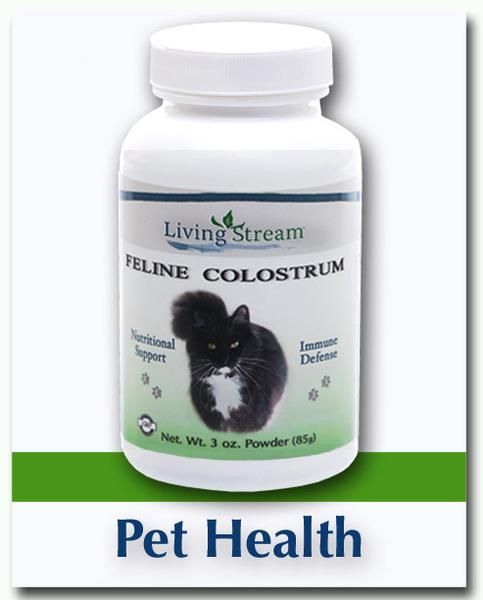
Last reviewed: July 2021
Back To Top
Related pages
- Breastfeeding your baby
- Expressing and storing breast milk
- Storing expressed breast milk
Need more information?
Disclaimer
Pregnancy, Birth and Baby is not responsible for the content and advertising on the external website you are now entering.
OKNeed further advice or guidance from our maternal child health nurses?
1800 882 436
Video call
- Contact us
- About us
- A-Z topics
- Symptom Checker
- Service Finder
- Subscribe to newsletters
- Linking to us
- Information partners
- Terms of use
- Privacy
Pregnancy, Birth and Baby is funded by the Australian Government and operated by Healthdirect Australia.
Pregnancy, Birth and Baby’s information and advice are developed and managed within a rigorous clinical governance framework.
This site is protected by reCAPTCHA and the Google Privacy Policy and Terms of Service apply.
Healthdirect Australia acknowledges the Traditional Owners of Country throughout Australia and their continuing connection to land, sea and community. We pay our respects to the Traditional Owners and to Elders both past and present.
This information is for your general information and use only and is not intended to be used as medical advice and should not be used to diagnose, treat, cure or prevent any medical condition, nor should it be used for therapeutic purposes.
The information is not a substitute for independent professional advice and should not be used as an alternative to professional health care. If you have a particular medical problem, please consult a healthcare professional.
Except as permitted under the Copyright Act 1968, this publication or any part of it may not be reproduced, altered, adapted, stored and/or distributed in any form or by any means without the prior written permission of Healthdirect Australia.
Support this browser is being discontinued for Pregnancy, Birth and Baby
Support for this browser is being discontinued for this site
- Internet Explorer 11 and lower
We currently support Microsoft Edge, Chrome, Firefox and Safari. For more information, please visit the links below:
- Chrome by Google
- Firefox by Mozilla
- Microsoft Edge
- Safari by Apple
You are welcome to continue browsing this site with this browser. Some features, tools or interaction may not work correctly.
How to properly store colostrum: cooling and freezing
As a rule, in the first days of life, calves cannot drink all cow colostrum, because its volume is many times greater than the needs of a calf. Therefore, it is important to leave colostrum for future generations of calves. But how to save it and at the same time not lose the valuable properties of the product?
During the first day of life, calves need only 30 - 50 percent of the excreted colostrum. The remaining product must be left for future calves: cool and freeze. It is important to carry out the freezing process correctly so that the colostrum does not lose its original properties.
It is necessary to store colostrum only from clinically healthy cows that have negative test results for tuberculosis, brucellosis, leukemia.
Colostrum freezing
- Colostrum cooling stage. Within 8 days the product can be stored at temperatures up to 40 degrees. And when creating a tight container, colostrum can be stored for up to two weeks. After the expiration date, the active development of dangerous bacteria begins, which change the structure of proteins and release toxic components.
- Colostrum freezing stage. The product is usually frozen in a plastic container with a volume of 2 or 3 liters, the freezing temperature ranges from 18 to 200 degrees below zero . Under such conditions, the vital activity of microorganisms stops, the loss of valuable substances of colostrum is excluded. Fat content, protein level, dry residue and pH remain unchanged. Therefore, the number of immunoglobulins in colostrum is preserved.
This freezing technology provides quality summer colostrum for calves born in winter and spring. A frozen one-day product for 4 months almost does not change its properties. Studies of colostrum have shown that within six months the number of carotene components decreases by only 6 percent. This means that the product is still suitable for feeding newborn calves.
Therefore, it is extremely important to have a colostrum bank, which guarantees good immunity to the calf from the first days of life. To thaw the product, colostrum thawers should be used so as not to spoil the original properties and to ensure uniform heating.
Benefits of colostrum
Research has also shown that frozen colostrum is an effective product against rotavirus diarrhea in babies. It has been empirically proven that the mortality rate among calves who were not given colostrum was 13 percent, and among newborns who received colostrum from the mother - 6 percent. Of the babies who were drunk with frozen colostrum, no one died.
Remaining colostrum is often used for watering calves that are 5-10 days old. This helps raise the calf weight gain by about 10 percent. As a rule, colostrum is diluted with pure water in a ratio of 3 to 2 , because this product contains a very high concentration of proteins and fats.
Featured Articles
Calf coughing: what to do?
Pasteurization of milk: pros and cons of the process
The calf does not stand up: what to do?
Storing, freezing and thawing colostrum
Livestock breeder Direct. Farm
Warm colostrum can double the number of bacteria every 20 minutes. Fresh colostrum should be fed to calves within the first hour of collection, or pasteurized and stored properly.
Colostrum pasteurization
Pasteurization reduces the number of bacteria present, but pasteurized colostrum must still be refrigerated or frozen. If using a pasteurizer, refer to the manufacturer's instructions for the number of servings.
Colostrum can be pasteurized at a maximum temperature of 60°C for 60 minutes. A one degree change in temperature can mean the difference between creating an ideal environment for bacterial growth or denaturing immunoglobulins.
Pasteurization does not make poor quality or heavily contaminated colostrum suitable for feeding.
Colostrum storage
The higher nutrient content of colostrum provides a better breeding ground for bacteria, so it is important to store it properly. Storing colostrum at lower temperatures reduces and prevents bacterial growth.
Colostrum should be stored for no more than 24 hours in a refrigerator at 4°C for current use. For storage in the refrigerator, resealable containers with a volume of 1-4 liters are preferred. Storing colostrum in the refrigerator does not completely stop bacterial growth, it only slows it down. For example, after three days of refrigeration, colostrum will contain more bacteria than immunoglobulins.
Longer storage (up to a year) can only be done in a freezer at -18 to -20 °C; use portioned zippered bags with a volume of 1-4 liters, as in the figure marked in green.
One of the reasons for storing colostrum in small portions is that the colostrum freezes faster this way. It may take several hours to freeze colostrum in containers of 5 liters or more. During this time, bacterial growth can continue, thereby increasing the microbial load. Smaller bags will freeze faster and retain quality longer. The second reason to store in portions is that smaller portions defrost faster. In addition, the volume depends on the size of the portion of the first drink.
In the picture marked in red, we see an open container with a large amount of colostrum (> 5 l) stored in a refrigerator. It will take a long time for the colostrum to cool to the point where microbial reproduction stops. The amount of microbial contamination will increase exponentially until the colostrum is cold enough. In addition, any dirt, dust, manure or other contaminants above the open container will get into it, further contaminating the colostrum.
Ensure that all stored colostrum is labeled with collection date and cow identification number. Remember to regularly check the temperature of refrigerators and freezers with a thermometer.
Thawing colostrum
Thawing colostrum should be done with the same care. This process is considered the most important nuance in the colostrum period. It is unacceptable to simply turn on the water at full power and substitute containers with frozen colostrum under the stream. It is also undesirable to defrost in the microwave. Instead, you should use a water bath and a thermometer that will guarantee a safe temperature.
Immunoglobulins limit the temperature at which colostrum can be thawed. Studies have shown that the maximum temperature that immunoglobulins can withstand before they are denatured is 60°C. Try to defrost colostrum in water that does not exceed 48°C.
Before feeding a calf, check the temperature of the colostrum with a thermometer, not by hand. The ideal temperature for feeding is the same as that of a calf's body, i.e. about 38.8°C. The safe temperature of colostrum can range from 37.7 to 41°C.
Also, consider the distance the colostrum container must travel before it actually reaches the calf.
Our article “Rules for feeding calves with colostrum”
Sources:
- https://www.goldencalfcompany.com/articles/how-to-take-care-of-calf-colostrum-your-guide- to-storing-and-pasteurizing-your-most-valuable-asset/
- https://ahdb.

